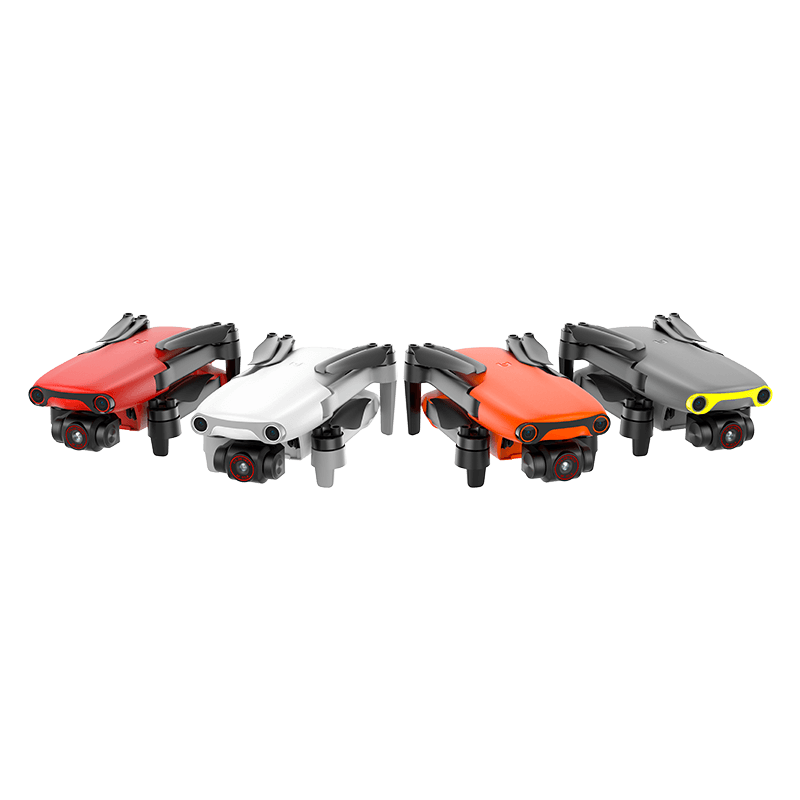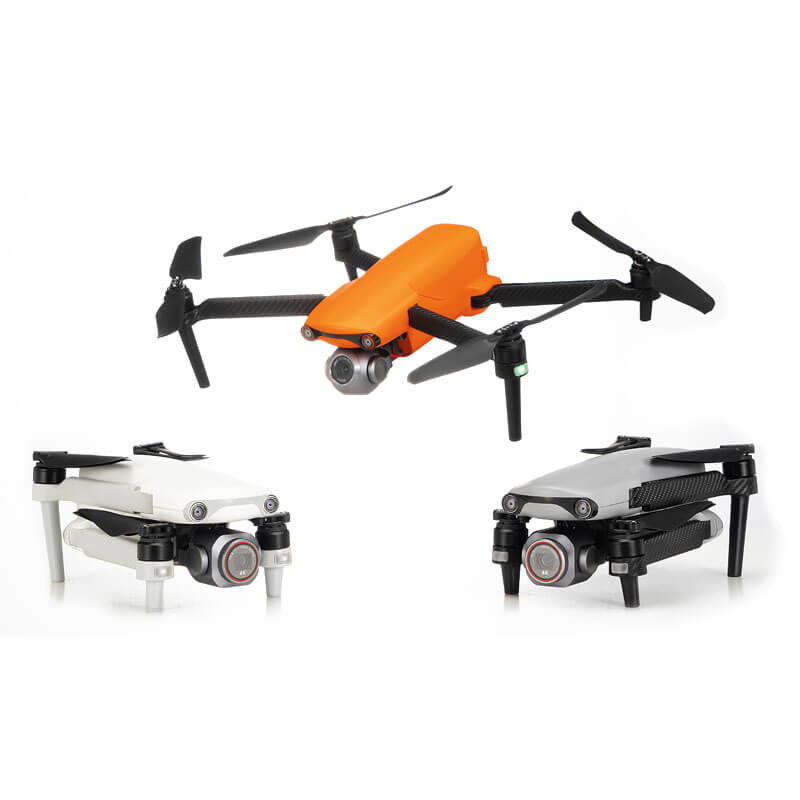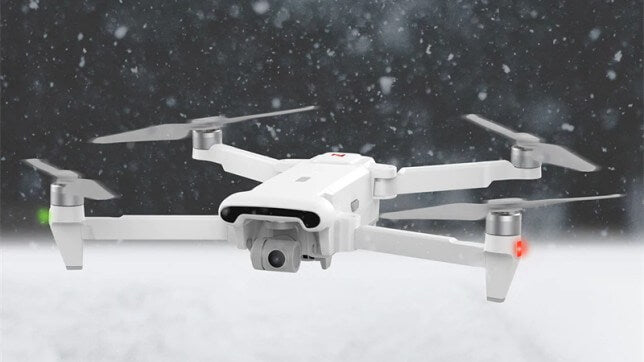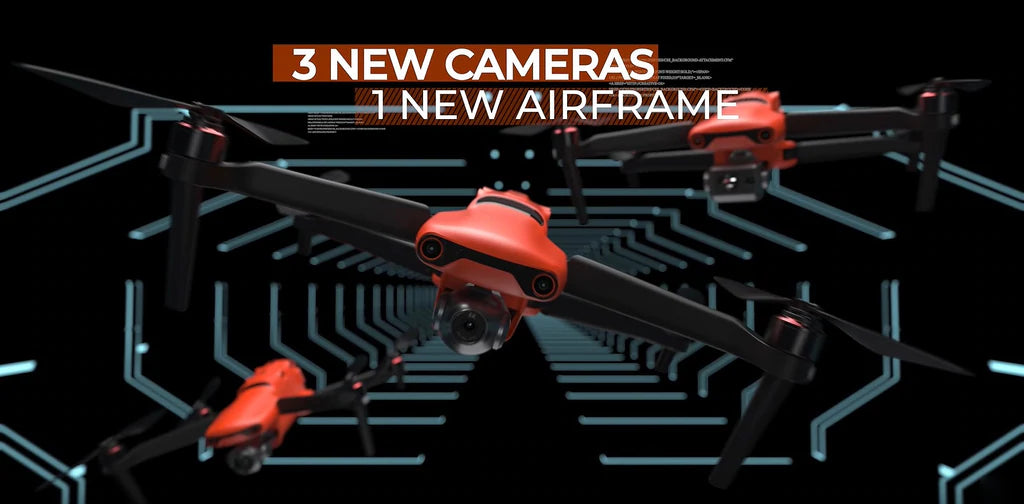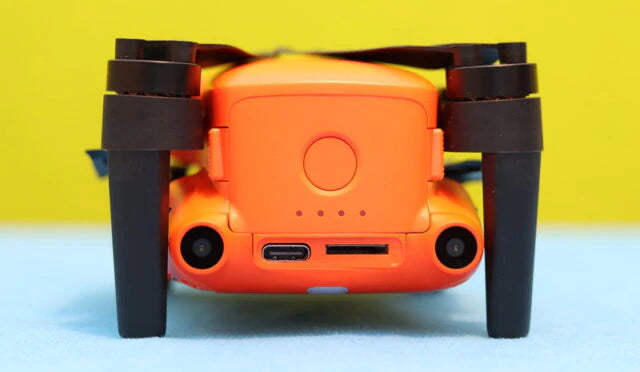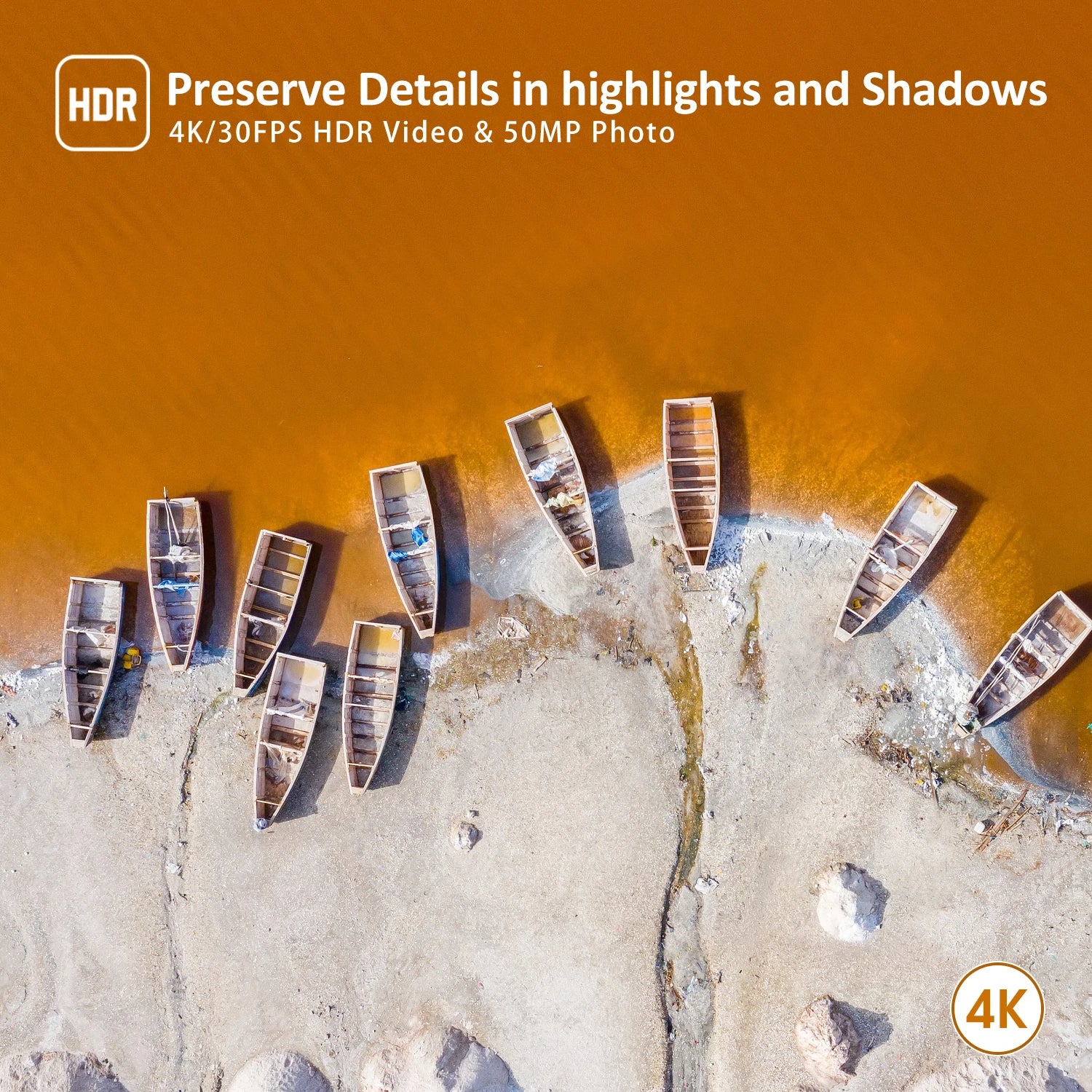As a hobby, novice drones are always careful to worry about drone crashes, while veteran pilots will constantly adjust the drone's flight attitude, trajectory, and shoot high-quality high-definition camera pictures and videos. Autel Robotics currently sells EVO Nano series, EVO Lite series, and EVO II series. These three models meet the hobby needs of mid-to-high-end drone pilots. They have powerful camera functions and guaranteed flight time and distance.
Generally speaking, the current leader of drones on the market is still the DJI brand, and their drones have three flight modes: P, S, and A.

1.P File (GPS/OPTI/Passive ATTI)
This is also our most commonly used GPS mode, referred to as P mode. It realizes precise hovering through the GPS module and vision system in the drone. This mode has the advantage that the safety factor is relatively large, and it will basically set the return home by default when taking off. point, even if it is accidentally lost, it will automatically go home according to the satellite signal.
Therefore, even an inexperienced novice can use this mode easily. Many intelligent flight modes such as pointing flight and planning routes are also based on GPS mode, provided the GPS signal is good.
If the GPS signal is not good (generally refers to the number of satellites ≤ 7) but the lighting conditions are good enough to meet the system requirements, it will switch to the OPTI optical flow positioning mode, that is, the visual positioning mode. This mode will also be displayed after such a quick reaction. At this time, the root light texture is used for basic obstacle avoidance. Although the accuracy will be reduced, it will not affect the normal flight.
There is also a poor GPS signal and poor lighting conditions. At this time, it will switch to ATTI mode, referred to as attitude mode. Generally, most of this mode will appear in places with many buildings at night or the pilot will drive the drone in. In closed buildings such as arch bridges, caves, etc., in this mode, the drone cannot achieve accurate hovering, and will drift, and at the same time, it cannot brake autonomously. When a novice encounters such a situation, it is generally recommended to find it quickly. A safe place to land, otherwise, it is easy to drift and hit the wall unobserved and cause the drone to crash.
2.S File (SPROT Mode)
Also known as the sports mode, it is generally only used to shoot high-speed moving targets, such as the road trip blockbusters we usually see, and the racing car follows in real time. In many cases, the S file is used for shooting. In this mode, the GPS module can be used for suspension. Stop, but the visual obstacle avoidance system will automatically turn off, in other words, it will not automatically brake and avoid obstacles.
SPORT, as the name suggests, sports mode, flight speed and lift speed are much faster in P mode. The fastest speed of ordinary consumer drones can be as high as 19-20m/s, which translates to 72km/h! When using this mode, be sure to observe the surrounding environment of the drone and make sure it is safe to fly. Generally, this mode is recommended only for people who have a certain understanding of drone control. Don’t open the S gear just because of the blind speed. That's how plane crashes happen.
3. A File (Attitude Mode)
Basically the same as the above P-ATTI mode, the Phantom series can actively switch to the A mode through the remote control, but the MAVIC cannot actively switch. The biggest difference from the P-ATTI is that the A mode is to actively choose to use the attitude mode. , while the P-ATTI mode is forced to enter the attitude mode due to insufficient conditions. The A mode can record the return point and achieve accurate return when the satellite signal is good. The P-Atti mode is passively entered due to insufficient satellite signals, so it cannot record the return point and cannot return to the home accurately.
Some pilots prefer to use ATTI mode because the flight is smoother and smoother in this mode. The flight correction brought by the GPS mode can easily lead to the movement not being smooth enough. Some pilots will switch to ATTI mode when they are pursuing fast flight. Without the restraint of satellites, the drone can achieve a faster flight speed.
Compared with other modes, the attitude mode tests the pilot's controllability of the drone, and in some emergency situations, it is also necessary to switch to the attitude mode.

In the Autel EVO Lite Series, we have the same model to choose from, just with a different name.
1. Standard File
Use the GPS module and the downward vision system to realize the functions of the aircraft such as precise hovering, stable flight, and short film mode. When the GPS signal is good, the GPS can be used for accurate positioning; when the GPS signal is poor, the vision system is used for positioning when the lighting conditions meet the needs of the vision system. In standard gear, the maximum flight attitude angle is 25°, and the maximum flight speed is 10m/s.
2. Rampage
Use a GPS module and a downward vision system for precise hovering. The control sensitivity of the aircraft has been adjusted, and the maximum flight speed will be increased to 18m/s, the maximum ascent speed will be 5m/s, and the maximum descent speed will be 4m/s.
3. Comfort Gear
Based on the standard gear, the flight speed is limited, the maximum flight speed is 5m/s, the maximum ascent speed is 3m/s, and the maximum descent speed is 2m/s, which makes the aircraft more stable during the shooting process.
The aircraft will enter Attitude (ATTI) mode when the GPS satellite signal is poor or the compass is interfered and the visual positioning working conditions are not met. In attitude mode, the aircraft will drift in the horizontal direction, and the intelligent flight function and return-to-home function will not be available. Therefore, in this mode, the aircraft itself cannot achieve fixed-point hovering and autonomous braking. Please land in a safe position as soon as possible to avoid accidents. Users should try to avoid flying in poor GPS satellite signals, unsatisfactory lighting conditions and narrow spaces, so as not to enter the attitude mode and cause flight accidents.
When flying in the furious gear, the flying speed of the aircraft will be greatly increased compared with the standard gear, which will cause the braking distance to be greatly increased accordingly. When flying in a windless environment, the user should reserve a braking distance of at least 30m to ensure flight safety.
When flying in furious gear, the descent speed of the aircraft will also be greatly increased. When flying in a windless environment, the user should reserve a braking distance of at least 10m to ensure flight safety.
When flying in the furious gear, the attitude control sensitivity of the aircraft will be greatly improved compared with the standard gear. Specifically, a small operation on the remote control will cause the aircraft to produce a large flight action. During actual flight, the user should reserve enough flight space to ensure flight safety.

After entering the recording mode in the standard or comfortable mode, in order to ensure the stability of the shooting picture, when the gimbal pitch angle is close to -90° or 0°, the flight speed will be limited. In the event of a strong wind environment, the restriction will be lifted to improve the wind resistance performance of the aircraft. At this time, the gimbal may shake in the video.
Master the flight mode of the drone and open your way of aerial photography!

